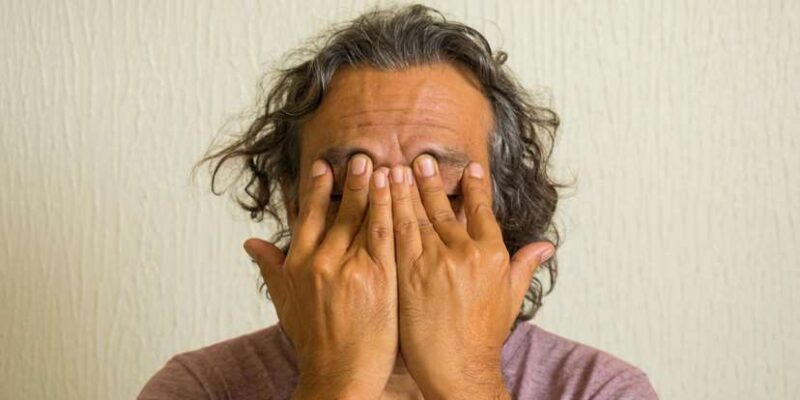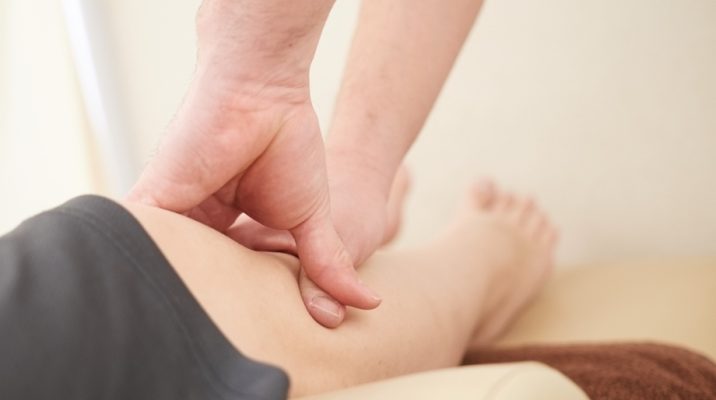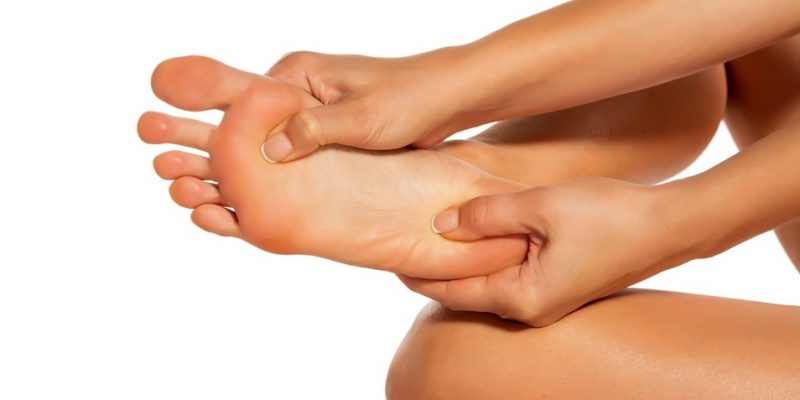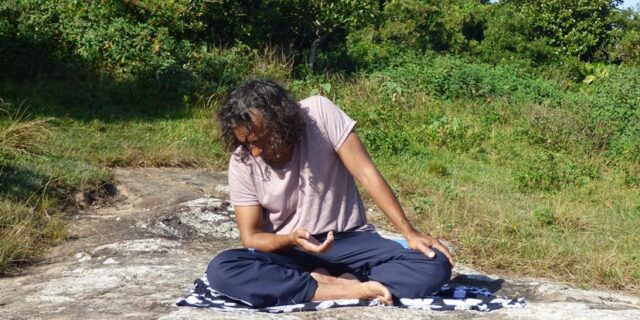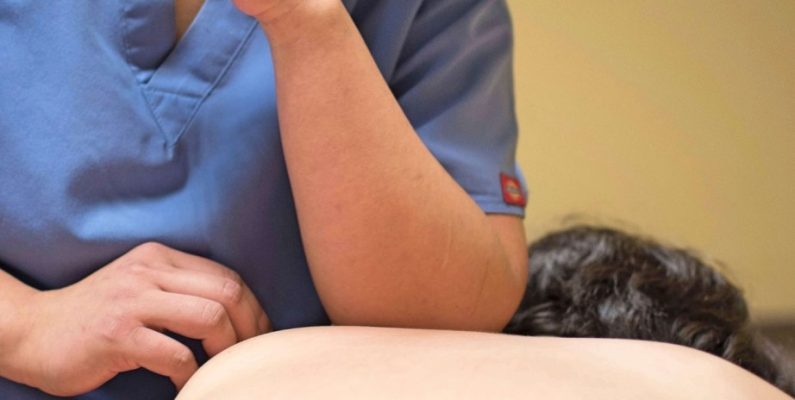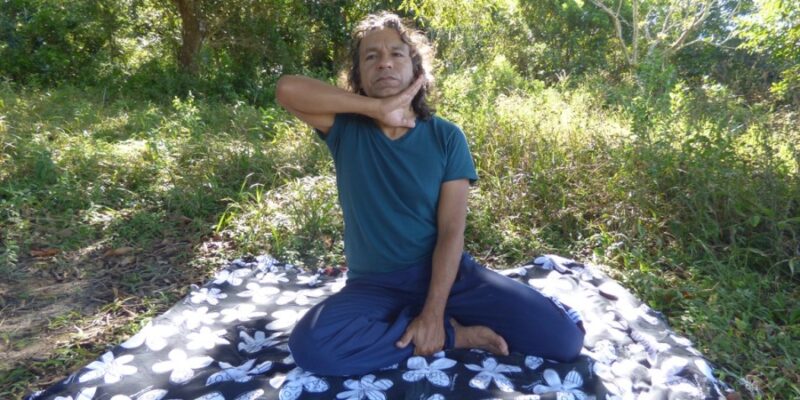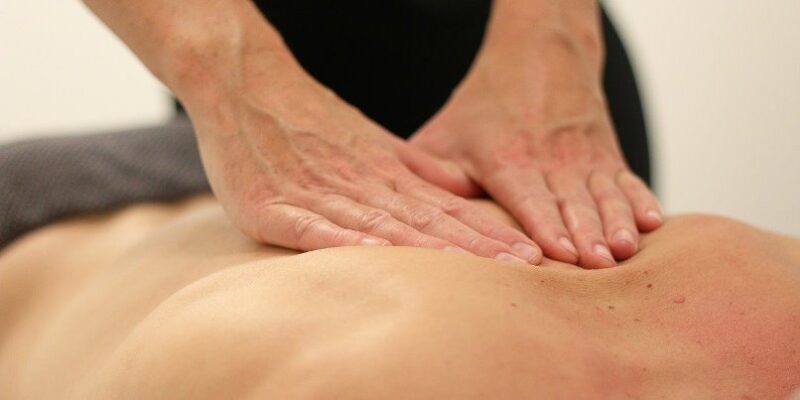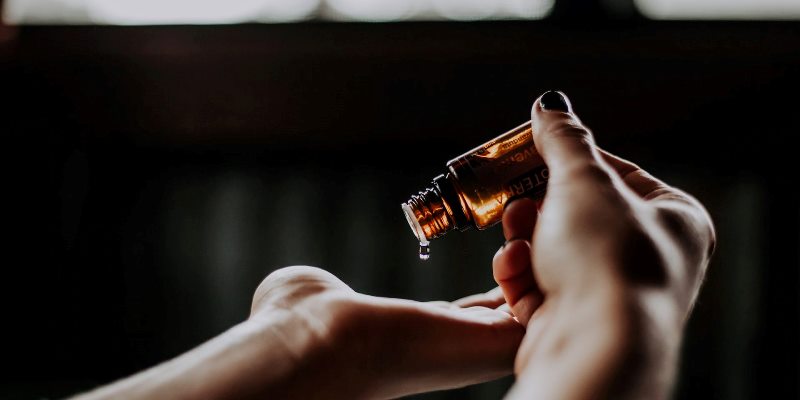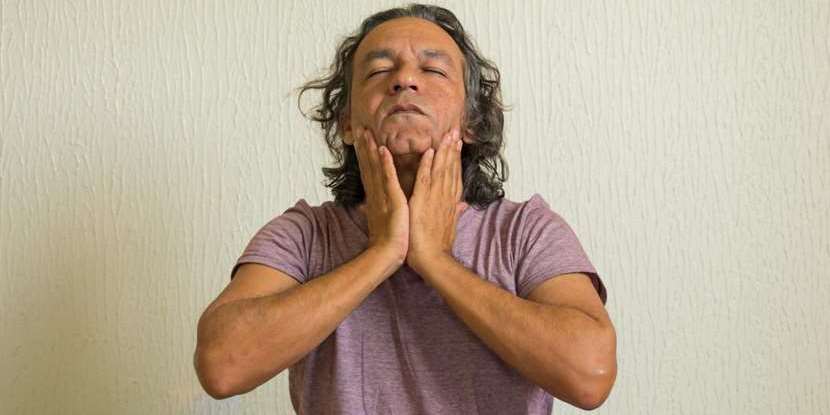
Self Massage — also written Self-Massage — is applying massage to yourself. That sounds pretty evident, but it does mean that you should master certain massage techniques to be able to do so.

In theory, almost all techniques massage therapists apply on their clients can be done by you for yourself. Think of using, for instance, pressure, acupressure, compression, stretches, strokes, pulls, vibrations, and percussions, and so on.
You can learn to give yourself a Foot Massage, Hand Massage, Abdominal Massage, Ear Massage, or Head Massage, to name some examples. Nevertheless, it’s not always possible to massage certain body parts yourself, such as parts of your back, although you could use tools or appliances to reach those areas. It’s also harder to massage deeply or perform deep stretches doing it yourself.
Another disadvantage of massaging yourself is that it takes a certain effort, which goes against the idea of complete relaxation. Certain techniques cannot be applied to yourself either, such as Barefoot Massage techniques or specific stretches. And obviously, a massage therapist is a professional who generally masters the art better than a layperson, both in experience and in methods and techniques used.
On the other hand, obvious advantages of Self-Massage are lower costs, the option to do it whenever and wherever one wants, feeling less self-conscious (i.e. inhibitions when being touched by a therapist), and being able to take into account the proper massage precautions and contraindications (you know your own body best and, for instance, wouldn’t over-massage or over-stretch easily).
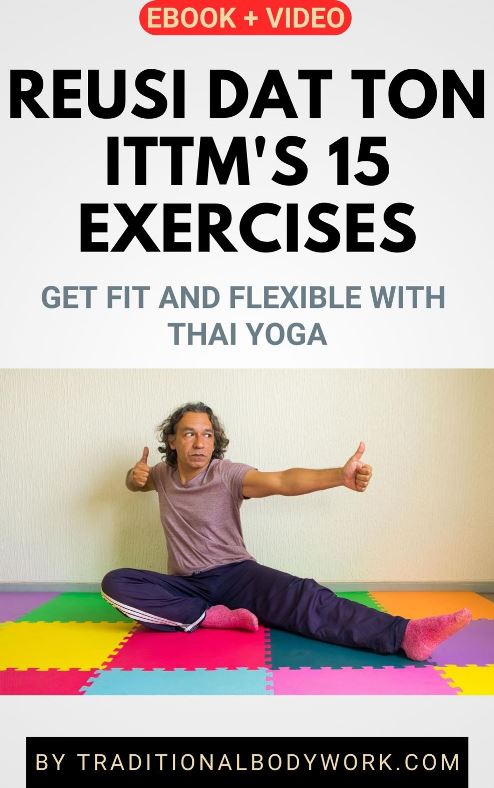
In any case, it’s advised to officially learn to do a Self-Massage modality and not to just try. For instance, the genital and abdominal areas are important and complicated parts of our body, and need proper handling. Another example of precaution: one generally doesn’t directly massage on the bones or on the spine.
Moreover, perhaps not all massage types are suitable or pleasant for you, and some massage treatment modalities are more difficult to learn than others. It’s a bit of a discovery tour and that takes some time.
To make a rather long story short: you should not only find the right massage modality that suits you, you should also take into account proper massage precautions and contraindications. We explain the latter more in detail in our post Massage Therapy Precautions and Contraindications.







